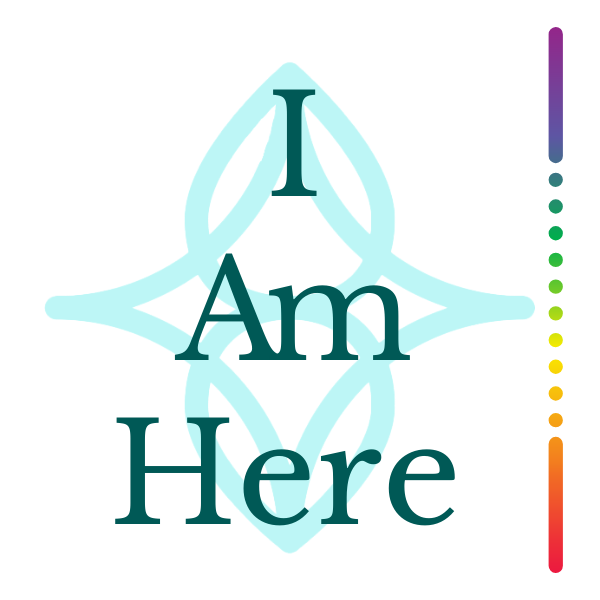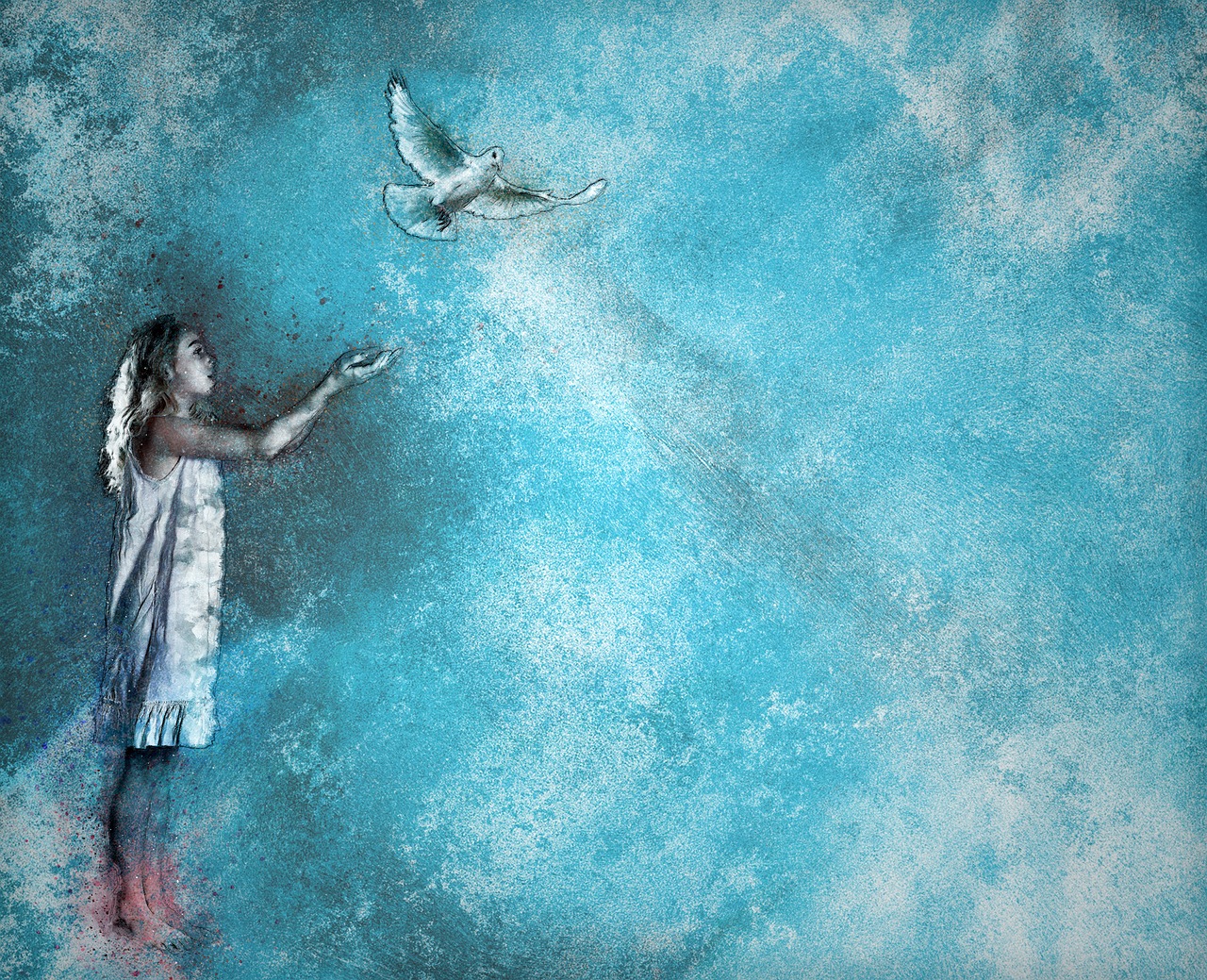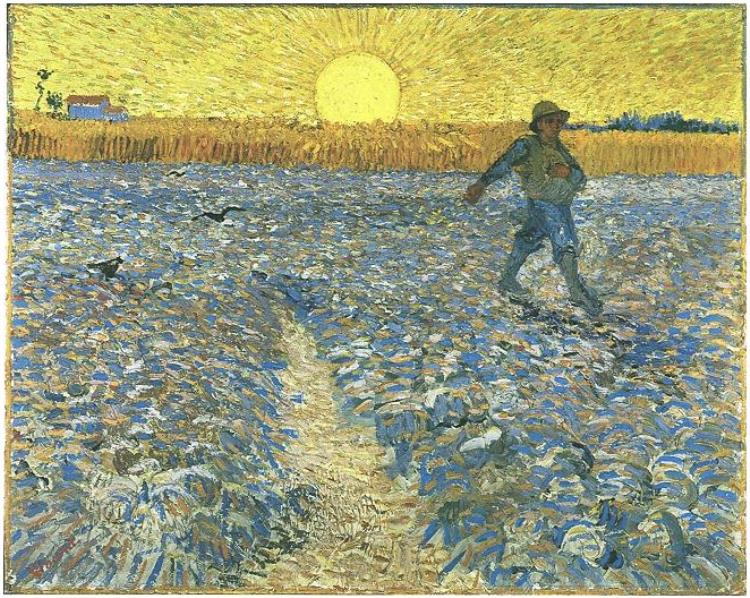“Loneliness is proof that your innate search for connection is intact.”
Martha Beck
Spinning on its orbit, suspended as a particle within the infinite ball of the universe, is our lonely planet. Here, humanity is moving in an energetic stratosphere over the surface of the earth, sometimes connected, often hardly physically present. Here, this one consciousness, curious within its space and evolutionary time, looks inwards and outwards to find that which from the core of itself seems to be missing.
Spinning the wheel of my car around the roundabout, here it is again, this morning, these clouds of suffering. Let me taste them. Yes. We are moving through mental turbulence caused by some dense, disgruntled clouds of loneliness. Bad weather ahead.
The collective state of humanity includes a state of loneliness; an ache of separation from the whole; a longing for reunion or at least communion with something beyond itself. This is not the absolute state of humanity. But it is a filter of perception (staining consciousness and awareness) which could be called the state we’re in right now.
Loneliness is at the heart of every spiritual seeker, every lover, every artist and of humanity when it stands as one form. It is between man and woman, mother and child, a scientist and his research, the seeing eye and its own reflection.
The shame around loneliness is intense, burning in wordless form at the upper half of the chest. Imagine the intimacy when one day a co-worker you have known at the office for 30 years turns to you and says:
“I have to admit it. I am sometimes lonely.”
“Guess what. Me too.”
What happens to the shame when the dark isolation of loneliness is balanced with the risk of intimacy? What happens with the isolation and the belief in eternal separation? What happens when we agree to be lonely together?
The suffering of loneliness is in the blue ice of the glaciers, in the rivers, streams and waterfalls. This suffering is at once moving and silently still through every ocean of the planet. It is in the steam that rises from the Korean kettle in our kitchen. It is in the clouds, in the rain and in the puddles where children jump. The suffering of loneliness is in a single tear-drop, that in its salty truth reverberates an awesome hurting in the wisdom that it never was really separate from the sea.
And I drive on, as I know we will spiral again through the territory ‘inside’ this unstable form of Georgi to the sanctuary of the heart and beyond.
This questioning, needy, searching vibration of loneliness in the collective consciousness will turn, is turning, to the dimension of awareness. It will turn through love to melt in love. Here, at the end of every feeling, and through and beyond all form, there is an infinity of love which is always, already given, a love that cannot be damaged, cannot be taken away and that is never compromised by the forms that arise out of its own fine substance.
This separate self will always be suffused with the suffering of loneliness. The suffering of loneliness is born from a fear of intimacy – its partner in the waltz of duality. This fear arises when there is a resistance to allow what is anyway already here in the human field: cruelty, horror, abandonment, isolation, terror, sexuality. Can we be intimate with that?
Like children who cover their eyes in the hope that they will disappear through not seeing, we block our perception to that which is anyway here, in our collective being. The pain of birth, the moment-by-moment torture of transience and death, the agony of inevitable loss. And then we send in the conscious troopers to “heal it” with love, without letting “it” be here in the first place.
Yet anyway, it is here, this suffering. It is only a small part of what is here. But it too, is here. Suffering itself is love and love is suffering by another name.
Thus, we become internally lonely, directed by a seemingly bottomless pit of need into the unknown to get the “things” that will fill the existential gap. Our refusal to allow intimacy with all the cracks in creation, our rejection of the imperceivable, throws up more loneliness, which in its solitary pride whips up more shame and disgust at intimacy. In this way, we spiral into a greater confusion of suffering. And we lose our ground on this sacred earth, separated in our consciousness, even from our own illusions.
The partner of loneliness is intimacy.
Connection has no opposite.
In connection, intimacy and loneliness are one.
Both loneliness and intimacy are driven by the hunger for deeper connection. Connection defines them. Connection is inherent, yet connectivity can get disrupted by grasping and aversion. At source, the allowance of the interconnectedness of life requires the release of layers of ego and identification with the personality. In the depths of connection, the individual person disappears.
Disturbances around the free flow of intimacy and loneliness indicate the need for transformation of parts of these areas, or the release of them. For example, much loneliness comes forward due to the death of a partner. The grieving one wants the partner back, endures loneliness and rejects intimacy with life. This could become a contraction around loneliness, but for some time, it can be experienced as a natural process of grief. The client is the authority on this. Do they choose to be lonely right now? Are they deliberately blocking intimacy? Also, this is allowed, when the deeper layers of connection to the forms are repatterning.
When we allow the nondual quality of connection, it can radically change our world view. Rather than being an assortment of separate things, or psyches, or humans, or life forms, we experience a vast, interconnected web, in which nothing is left out. Separation is happening and is connected to the whole dimension of human experience around separation. Loneliness is connected to a collective human state, as well as to an intimate journey through the layers of the psyche. Intimacy is a feature arising through connection, yet in itself, intimacy will not clear the channels of connection. What is intimate with what? Can we be intimate and bypass the depth of ourselves which is encircled by a ditch of loneliness? How authentic and open is intimacy, when its agenda is based on an aversion to being lonely? How can we share all we are, if we are not intimate also with its darkest precincts of form?
We can be physically, emotionally and verbally intimate, and still be aware of a stark feeling of loneliness that feels more true than the mask through which we relate. This will continue until we begin to relax in the sentient knowing that the ‘other’ is myself and I am the ‘other’. Only then, are intimacy and loneliness able to dance through pure connection. It’s a natural rhythm of relating through many dimensions of form, holding nothing back.
In connection, there is less dependency on intimacy, although intimacy depends on connection, as does touch, bliss, and ecstasy. In connection, there is no loneliness, although loneliness depends entirely on connection to experience aloneness. To put it simply, when we relax in the inherent connection between forms, there is no perception of “other”: connection is here regardless of division. At the same time, connection does not preclude degrees of separation. Just consciousness of separation connects it to the deeper whole. Sometimes, the best way to realize the power of connection is to allow separation in time and space.
Unity manifests through matrices of connection. Even rejected connections are connected as definitive threads of the whole. How would we define sanity if we lacked the concept of insanity to show what it is not? Sanity would lose its meaning. How would we be ‘OK’ without the prevalent possibility of not being ‘OK’? Every form is irrevocably connected to its shadow. Everything that exists, is composed of everything else around it. There is an inherent inseparability in form, and as such, an irrevocable living connection between all forms.
In the twin-trap of loneliness and intimacy, the therapist can take the nondual position of connection. Loneliness can be an easier sentient zone to allow than intimacy, where wounds can include sexual abuse or rape, childhood trauma, or a deep loyalty to toxic family patterns that forbid intimacy and naturalness, promoting pretence as a strategy for survival. At the same time, clients who have developed an addiction to intimacy – sexual or otherwise – are often in flight mode from that dread zone called loneliness.
The raw energy at the bridge of separation into individual sentient form is both lonely and intimate, and ultimately connected.
Where loneliness and intimacy dissolve, connection is happening.




